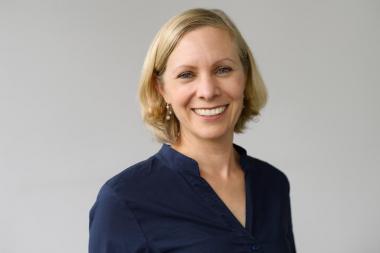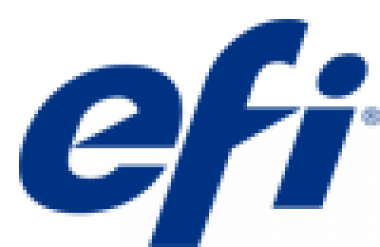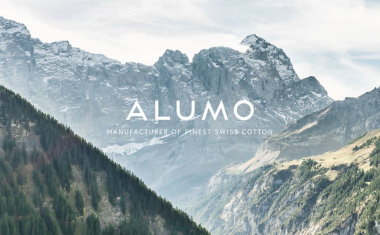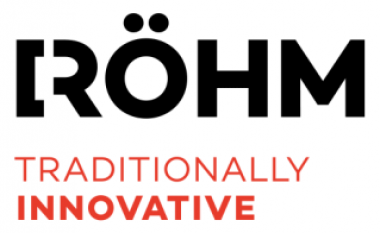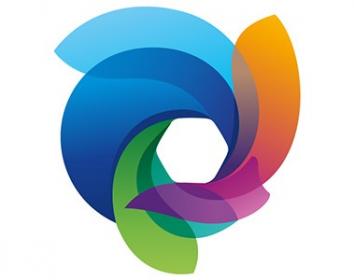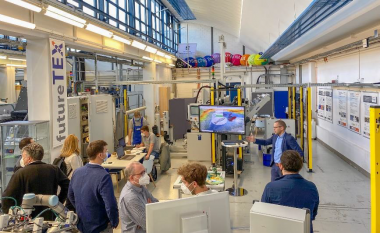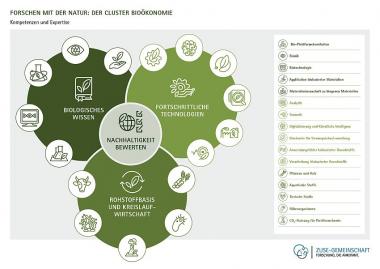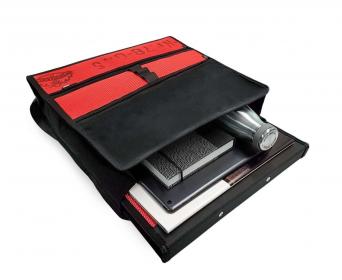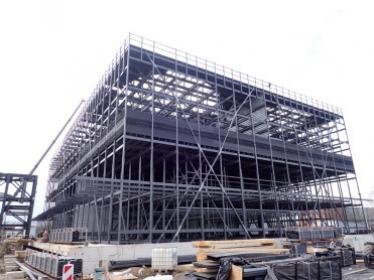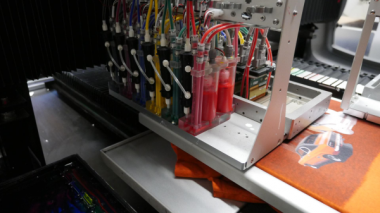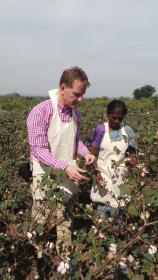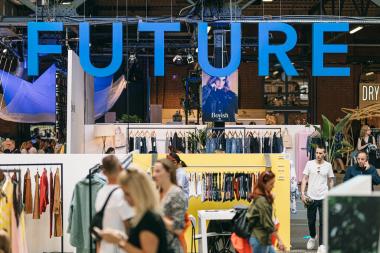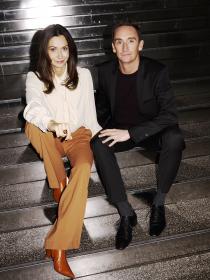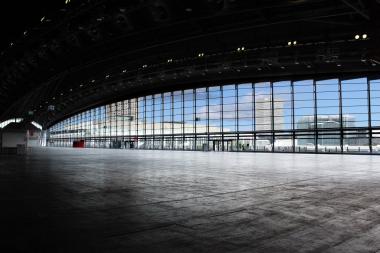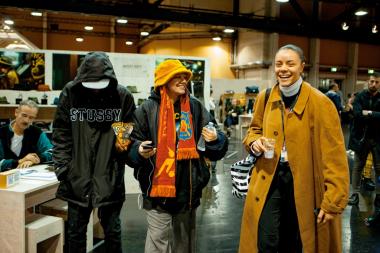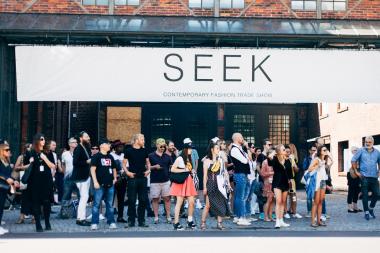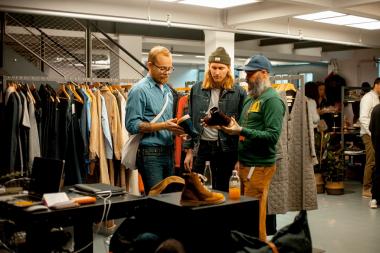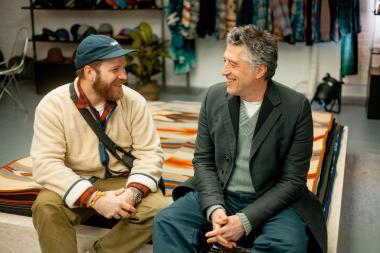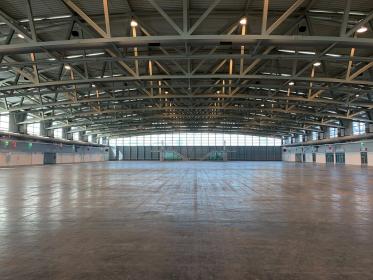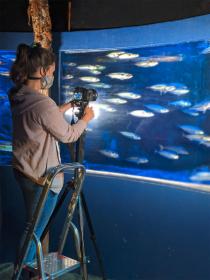Bettina Bär übernimmt die Leitung der Neonyt und Val:ue im Textilbereich der Messe Frankfurt
- Mit Wirkung zum 15. Oktober 2021 übernimmt Bettina Bär in Personalunion den Show Director-Posten der Neonyt und des neuen Messeformats Val:ue im Bereich Textiles & Textile Technologies der Messe Frankfurt. Beide Messen finden im Rahmen der Frankfurt Fashion Week statt.
Künftig verantwortet Bettina Bär die strategische und konzeptionelle Ausrichtung der beiden Messeformate Neonyt und Val:ue sowie die inhaltliche und organisatorische Umsetzung und weitere Entwicklung derer. Sie löst damit Thimo Schwenzfeier ab, der nach mehr als acht Jahren bei der Messe Frankfurt das Unternehmen verlässt, um sich beruflich neu zu orientieren. In ihrer neuen Funktion berichtet Bär an Olaf Schmidt, Vice President Textiles & Textile Technologies der Messe Frankfurt GmbH.
Bettina Bär arbeitet seit 2012 in verschiedenen Positionen für die Messe Frankfurt im Bereich der Konsumgütermessen und war zuletzt Show Director der Tendence. Dabei hat Bär unter anderem den Ethical Style Guide mitverantwortet, wodurch nachhaltige Aussteller der Tendence nach Juryentscheid gesondert gekennzeichnet und kommuniziert wurden. Außerdem wird Bettina Bär in Personalunion auch die Leitung der neuen Modemesse Val:ue übernehmen. Diese geht zur Frankfurt Fashion Week im Januar 2022 erstmals an den Start und bildet künftig die Homebase des Segments „Quality und Mainstream Fashion“.
Messe Frankfurt


